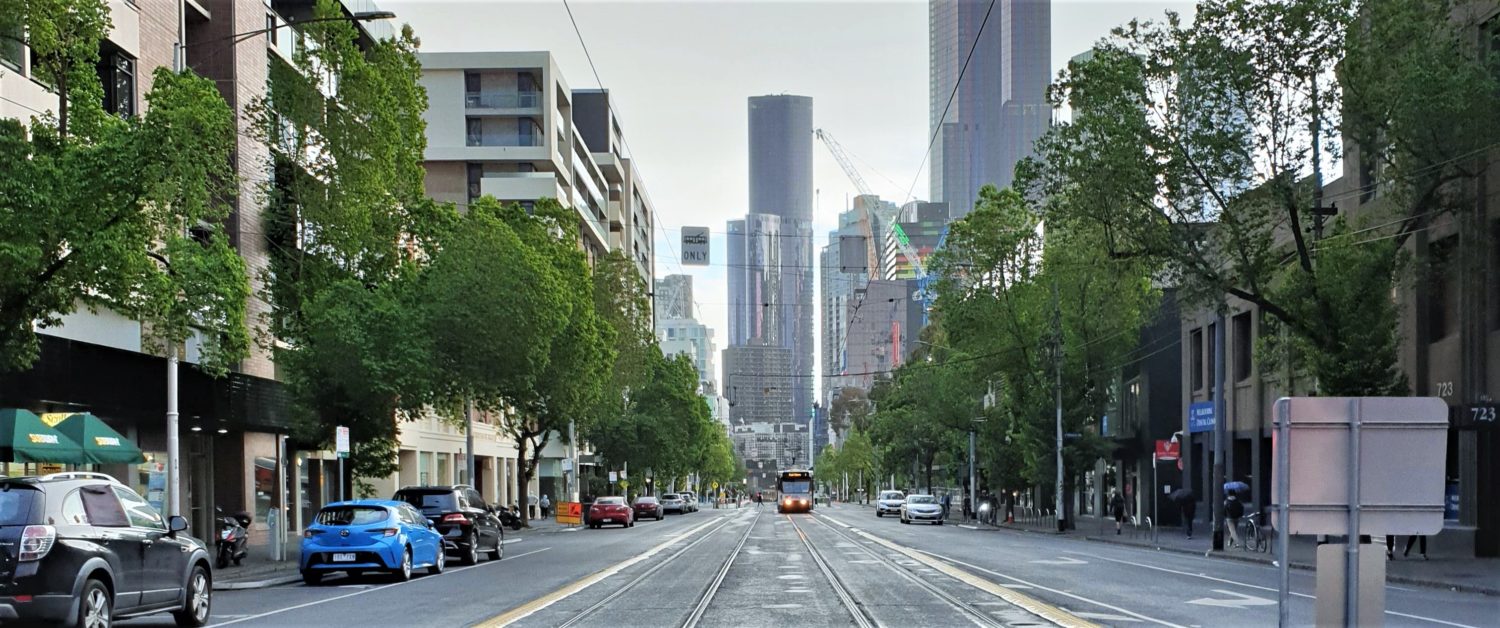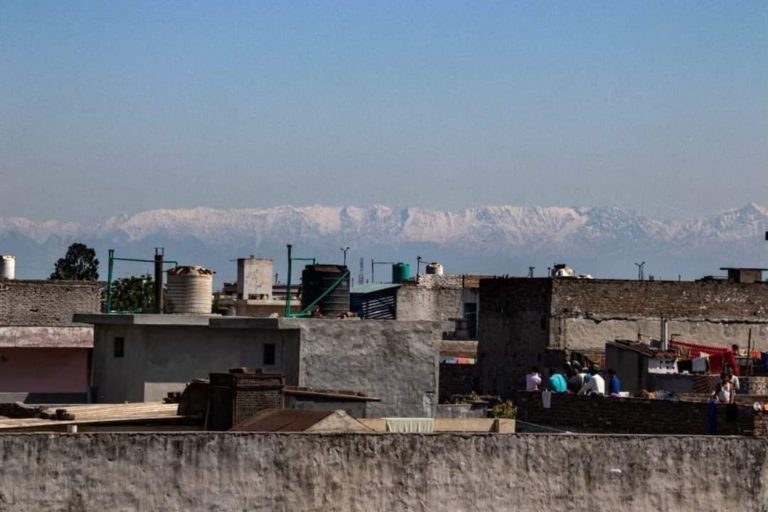
Urban Planning Outlook on COVID-19 Lockdowns
Our lives have all changed because of the coronavirus pandemic. We are staying home to help prevent the spread and avoiding many of the things we used to do on a daily basis.
However, while most people have been stuck at home, there have been many side-effects of the lockdown that we as urban planners find very interesting.
There has been a massive reduction in the number of vehicles traveling on our roads, rails, seas, and skies. For the natural environment this has been a been a miracle! In a recent podcast by 99% Invisible, a researcher in Alaska tells of the reduction in cruise ship traffic allowing them to hear the songs of the humpback whales uninterrupted for the first time. Another story from the podcast tells of residents in Northern India being able to view the Himalayan Mountains for the first time in their lifetimes, because the reduction in smog has cleared the skies and improved visibility.¹

View of the Dhauladhar ranges as visible from Jalandhar. (Photo Credit: https://twitter.com/susantananda3/status/1245983416048214023)
These positive natural stories are paired with our own experiences in Australia. Traffic on our roads has decreased dramatically as people are no longer traveling. The quiet streets are now home to people re-discovering their love for bikes. A recent study has shown that trips by bike in Australia have almost tripled compared to this time last year.² This has prompted local governments to set up “pop-up” bike lanes, like the City of Melbourne, who have removed unused car parks in the CBD and installed 12 km of new bike lanes.³
Australians are also re-discovering their local parks and getting back in touch with their community. With less time spent traveling to and from work, people can make the most of their local parks and spend more time with family getting their much-needed outdoor exercise. Spending less time traveling has been a noticeable positive to come from the lockdown for many families.
The lockdown has produced numerous new perspectives for urban planners. We are so often absorbed in the pursuit of reducing traffic, and making trips to our cities faster, that we often neglect the need for strong local infrastructure. The communities that have been the strongest during the lockdown are those with the quality amenities within walking distance. Communities with local parks that are close and with streets that are safe to cycle on, will become the new focus for urban planners in the future.
Researchers from the University of Wollongong have described the ways in which cities can recover from the crisis. The article emphasises the need for flexible, walkable, and friendly public space. We need to turn our attention towards improving our communities. This will put our cities in the best position to not only recover, but to come out stronger than before.⁴
Plans in Motion hopes that the lessons we are continuing learn from the coronavirus can be used in our recovery. We encourage and advocate for a change in lifestyle for the better, from a human and environmental perspective. Here we see that there are strong incentives for advocating for a new usual, rather than business as usual. Let’s see more opportunities for working from home and encouraging mixed use zones which allow for the full breadth of the 20-minute city and UN Sustainable Development Goals, to be realised.
¹ https://99percentinvisible.org/episode/the-natural-experiment/
⁴ Patulny, R., McKenzie, J.J., Bower, M. and Olson, R.E., 2020. Reconnecting after coronavirus-key ways cities can counter anxiety and loneliness

